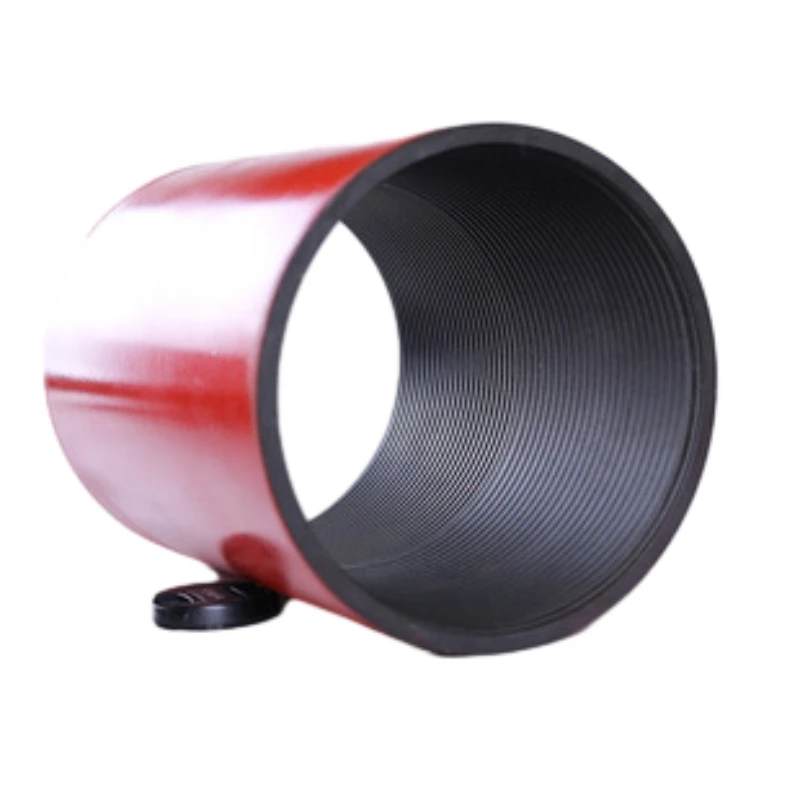- Afrikaans
- Albanian
- Amharic
- Arabic
- Armenian
- Azerbaijani
- Basque
- Belarusian
- Bengali
- Bosnian
- Bulgarian
- Catalan
- Cebuano
- Corsican
- Croatian
- Czech
- Danish
- Dutch
- English
- Esperanto
- Estonian
- Finnish
- French
- Frisian
- Galician
- Georgian
- German
- Greek
- Gujarati
- Haitian Creole
- hausa
- hawaiian
- Hebrew
- Hindi
- Miao
- Hungarian
- Icelandic
- igbo
- Indonesian
- irish
- Italian
- Japanese
- Javanese
- Kannada
- kazakh
- Khmer
- Rwandese
- Korean
- Kurdish
- Kyrgyz
- Lao
- Latin
- Latvian
- Lithuanian
- Luxembourgish
- Macedonian
- Malgashi
- Malay
- Malayalam
- Maltese
- Maori
- Marathi
- Mongolian
- Myanmar
- Nepali
- Norwegian
- Norwegian
- Occitan
- Pashto
- Persian
- Polish
- Portuguese
- Punjabi
- Romanian
- Russian
- Samoan
- Scottish Gaelic
- Serbian
- Sesotho
- Shona
- Sindhi
- Sinhala
- Slovak
- Slovenian
- Somali
- Spanish
- Sundanese
- Swahili
- Swedish
- Tagalog
- Tajik
- Tamil
- Tatar
- Telugu
- Thai
- Turkish
- Turkmen
- Ukrainian
- Urdu
- Uighur
- Uzbek
- Vietnamese
- Welsh
- Bantu
- Yiddish
- Yoruba
- Zulu
Bull Plug Pressure Rating Guidelines and Considerations for Safe Usage
Understanding Bull Plug Pressure Ratings A Comprehensive Overview
In the world of industrial operations and fluid mechanics, components such as bull plugs play a crucial role in ensuring the integrity and safety of various systems. A bull plug, typically used to seal the ends of piping systems, is a vital component where pressure ratings take precedence. Understanding the pressure rating of bull plugs is essential for safe and effective application in various environments, particularly those involving high-pressure fluids.
What is a Bull Plug?
A bull plug is a type of closure fitting that is used to seal the end of a pipe or other vessel. Unlike other types of plugs, bull plugs are designed to handle high pressure and are often used in applications involving gases, liquids, or slurries. They come in various materials, including steel, stainless steel, and plastic, to suit different needs. The primary function of a bull plug is to provide a secure seal that prevents leaks and ensures that the contents of the pipe remain contained.
Importance of Pressure Ratings
The pressure rating of a bull plug indicates the maximum pressure the component can withstand before failure or leakage occurs. This rating is critical for preventing catastrophic failures in a system, which can lead to spills, environmental hazards, and safety risks for personnel. Pressure ratings are usually specified by the American Society for Testing and Materials (ASTM) or similar organizations and are influenced by various factors, including the plug's material, size, and design.
Factors Affecting Pressure Ratings
bull plug pressure rating

1. Material Composition The material from which the bull plug is made significantly influences its pressure rating. For example, stainless steel plugs often have higher pressure ratings compared to plastic ones due to their superior strength and durability.
2. Size and Design The dimensions of the bull plug also play a critical role in determining its pressure capacity. Larger plugs may have different ratings compared to smaller ones, even if made from the same material. Additionally, the design, including the threads and sealing mechanisms, impacts the overall strength and reliability.
3. Temperature Influence Temperature can affect the integrity of materials. Higher temperatures may reduce the material strength of bull plugs, thereby altering their pressure ratings. It's important to account for the operating temperature when selecting a bull plug for high-pressure applications.
Maintenance and Safety Considerations
Proper maintenance of bull plugs and the systems they seal can significantly enhance their lifespan and reliability. Regular inspection for signs of wear, corrosion, or damage can preemptively identify potential failure points. Moreover, ensuring that the bull plugs are installed correctly and are compatible with the system's pressure and temperature parameters is paramount.
Conclusion
Bull plug pressure ratings are a fundamental aspect of ensuring operational safety in industrial applications. Understanding the implications of these ratings, along with the factors that influence them, is vital for engineers and technicians. By selecting the appropriate bull plug for specific applications and conducting regular maintenance, organizations can minimize risks and enhance the efficiency of their operations. With the proper knowledge and resources, professionals can confidently utilize bull plugs to secure their systems and maintain high standards of safety and performance.
-
Tubing Pup Joints: Essential Components for Oil and Gas OperationsNewsJul.10,2025
-
Pup Joints: Essential Components for Reliable Drilling OperationsNewsJul.10,2025
-
Pipe Couplings: Connecting Your World EfficientlyNewsJul.10,2025
-
Mastering Oilfield Operations with Quality Tubing and CasingNewsJul.10,2025
-
High-Quality Casing Couplings for Every NeedNewsJul.10,2025
-
Boost Your Drilling Efficiency with Premium Crossover Tools & Seating NipplesNewsJul.10,2025







